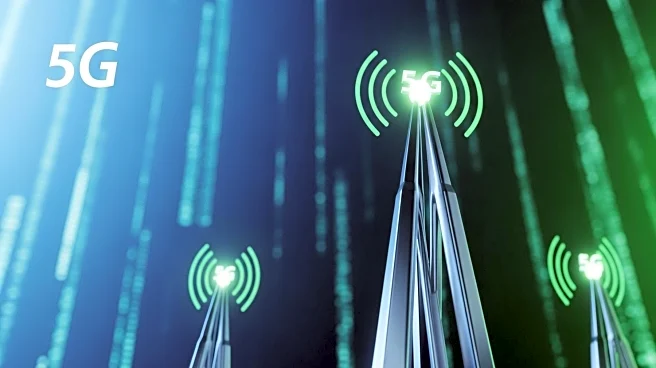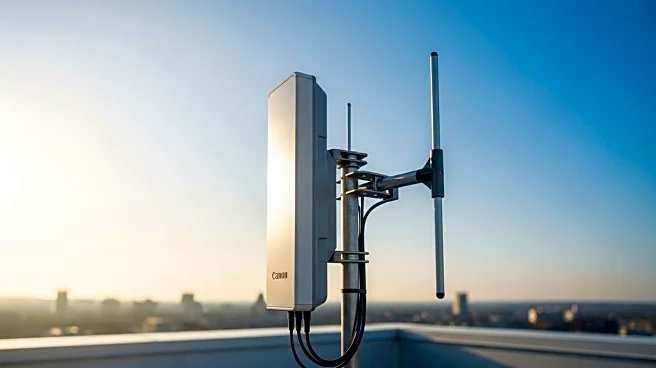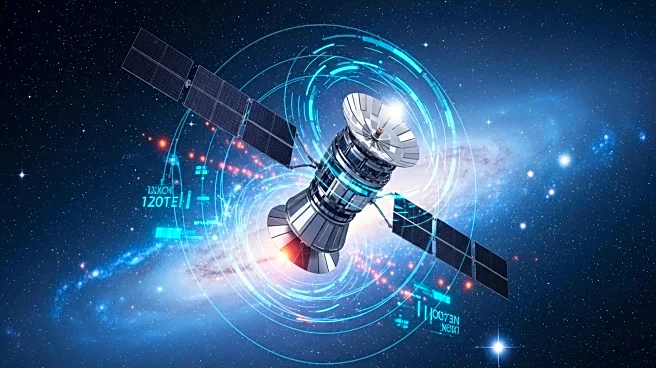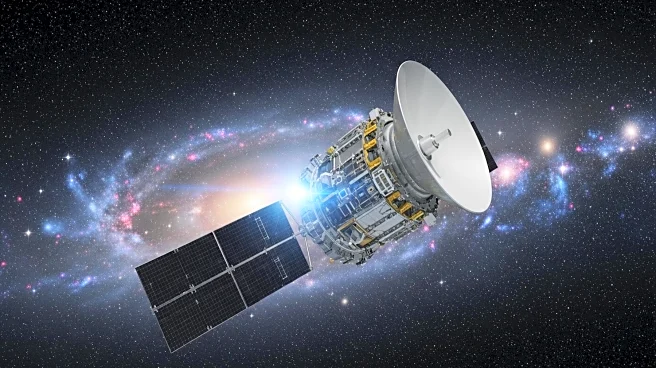What's Happening?
AT&T's Senior Vice President and Network CTO, Yigal Elbaz, provided a strategic update following the company's acquisition of 50 megahertz of EchoStar's low- and mid-band spectrum for $23 billion. This acquisition includes 30 megahertz of mid-band 3.45 GHz spectrum and 20 megahertz of nationwide low-band spectrum in the 600 MHz band. Elbaz emphasized AT&T's commitment to maintaining long-term leadership in advanced networking, particularly through its 5G fixed wireless access (FWA) offering. The company plans to deploy the mid-band spectrum quickly via software upgrades to enhance its 5G services. AT&T's fiber-first strategy remains unchanged, but the new spectrum will help accelerate the transition from legacy copper networks and support areas where fiber is not yet available.
Why It's Important?
The acquisition of EchoStar's spectrum is crucial for AT&T as it seeks to strengthen its position in the competitive 5G market. The deployment of mid-band spectrum will enhance AT&T's 5G capabilities, providing faster and more reliable wireless services. This move is part of AT&T's broader network modernization efforts, which aim to improve connectivity and expand broadband access. The acquisition also positions AT&T to better compete with cable companies in the home broadband market, offering consumers more options for high-speed internet access. The strategic focus on FWA and fiber convergence reflects the growing demand for flexible and high-capacity broadband solutions.
What's Next?
AT&T plans to continue its network modernization efforts, leveraging the newly acquired spectrum to enhance its 5G services. The company is also committed to expanding its Open RAN capabilities, with a goal of having 70% of its wireless network traffic on open-capable platforms by late 2026. This includes a $14 billion, five-year deal with Ericsson to support Open RAN deployment. Additionally, AT&T is exploring direct-to-device services provided by non-terrestrial networks, which could offer connectivity in areas not served by traditional networks. The company aims to understand consumer demand for these services and integrate them into its offerings.
Beyond the Headlines
AT&T's strategic focus on virtualization and cloud-based networking highlights the industry's shift towards more flexible and scalable network architectures. The integration of AI into wireless architecture and the move away from traditional 10-year cycles of cellular network generations reflect a broader trend towards continuous network improvement. This approach allows for more rapid deployment of new technologies and services, enhancing the overall customer experience and driving innovation in the telecommunications sector.











